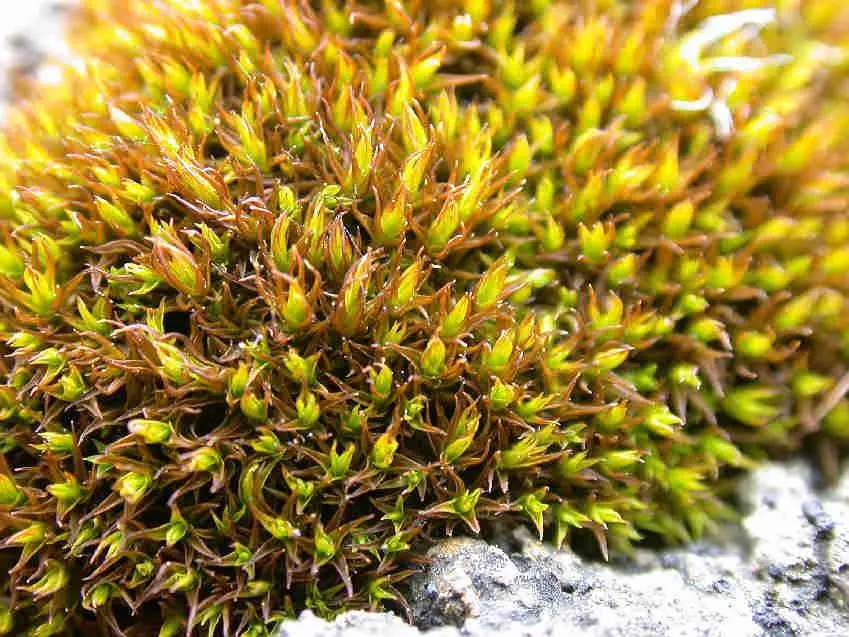Didymodon Moss: Exploring the Fascinating World of Mosses
Affiliate Disclaimer: As an affiliate, we may earn a small commission when you make a purchase from any of the links on this page at no additional cost to you!
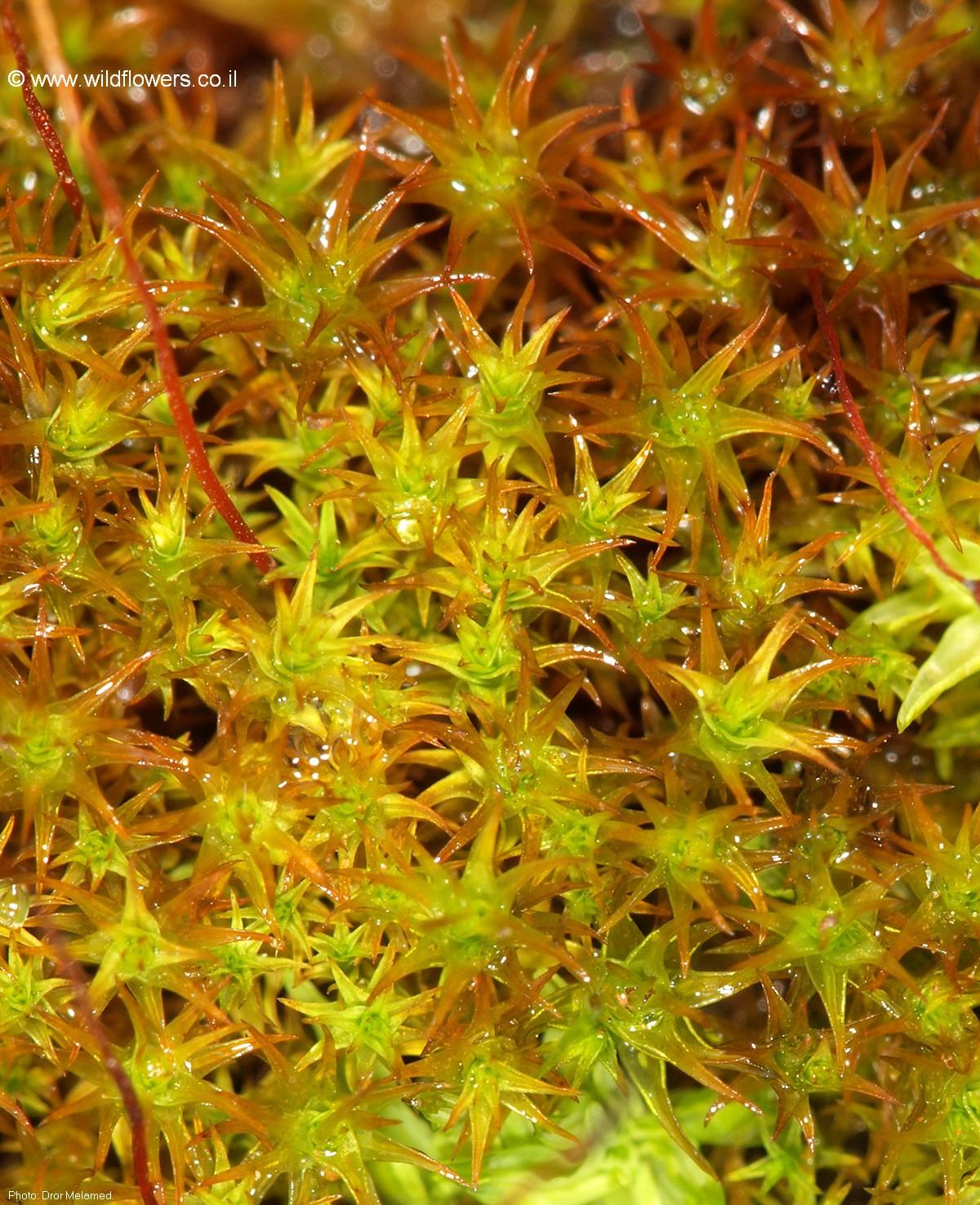
3210-l-4.jpg from: https://www.wildflowers.co.il/hebrew/picture.asp?ID=18679
Discovering the Delightful Didymodon Moss
Mosses
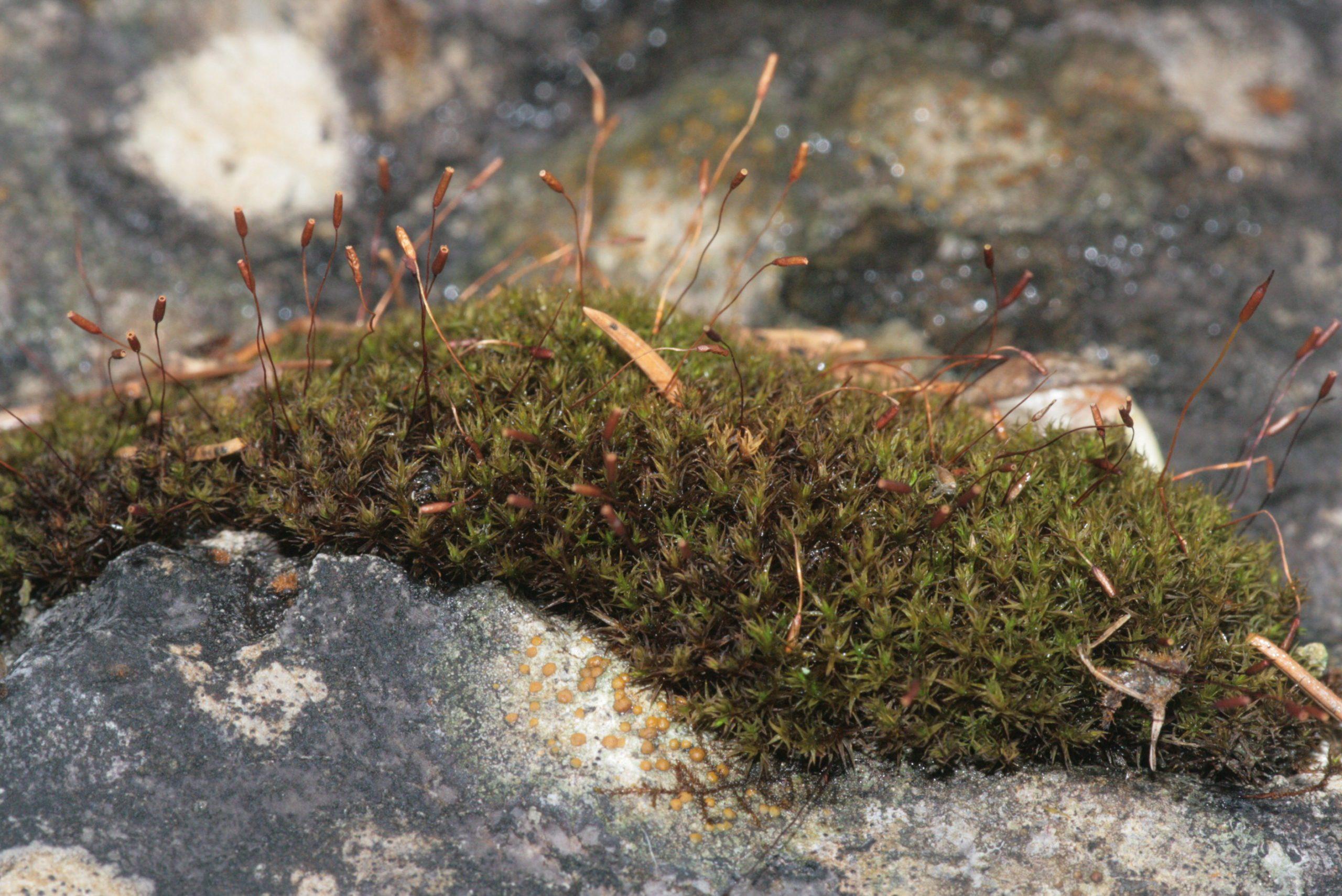
Didymodon_rigidulus_b_144626-474718_1358-scaled-1.jpg from: https://terrariumcreations.com/didymodon-rigidulus-moss-in-terrariums-care-guide-to-help-your-moss-thrive/
are some of the most fascinating and underappreciated plants on Earth. Today, we’re going to take a closer look at one particularly interesting species: Didymodon rigidulus subsp. validus (Limpr.) Loeske
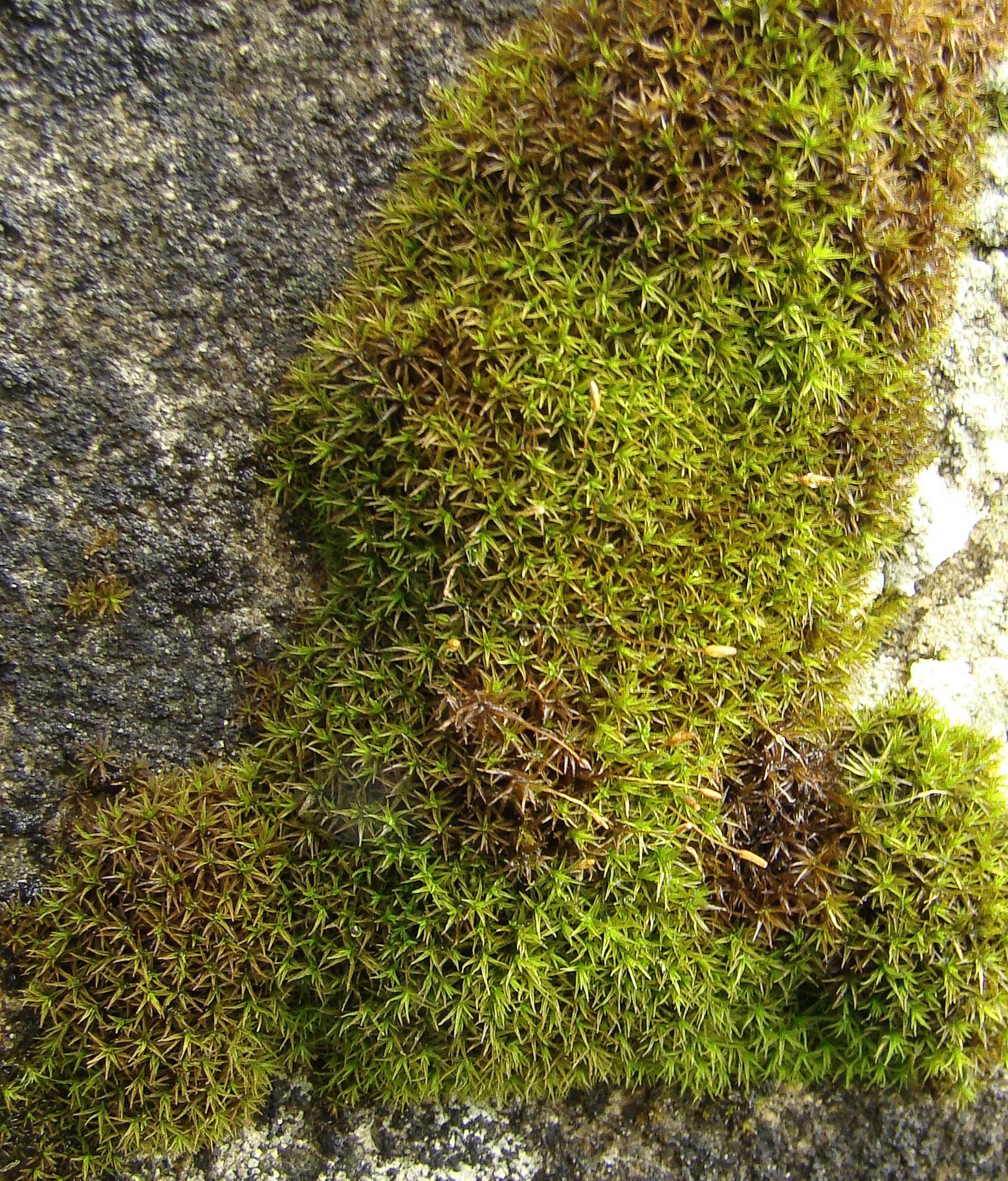
Didymodon-rigidulus-0711-cropped.jpg from: https://www.britishbryologicalsociety.org.uk/learning/species-finder/didymodon-rigidulus/
, commonly known as Didymodon moss. This little bryophyte packs a big botanical punch!
Background on Bryophytes
Before we dive into the details on Didymodon, let’s review some background on mosses. Mosses are non-vascular plants in the division Bryophyta. They lack true roots, stems, and leaves. Instead, they have rhizoids, stems, and phyllids. Mosses reproduce via spores rather than seeds and flowers. There are over 12,000 moss species worldwide, living in diverse habitats from the arctic to the tropics.
Meet the Mighty Didymodon Moss
Didymodon rigidulus subsp. validus is a moss species in the family Pottiaceae
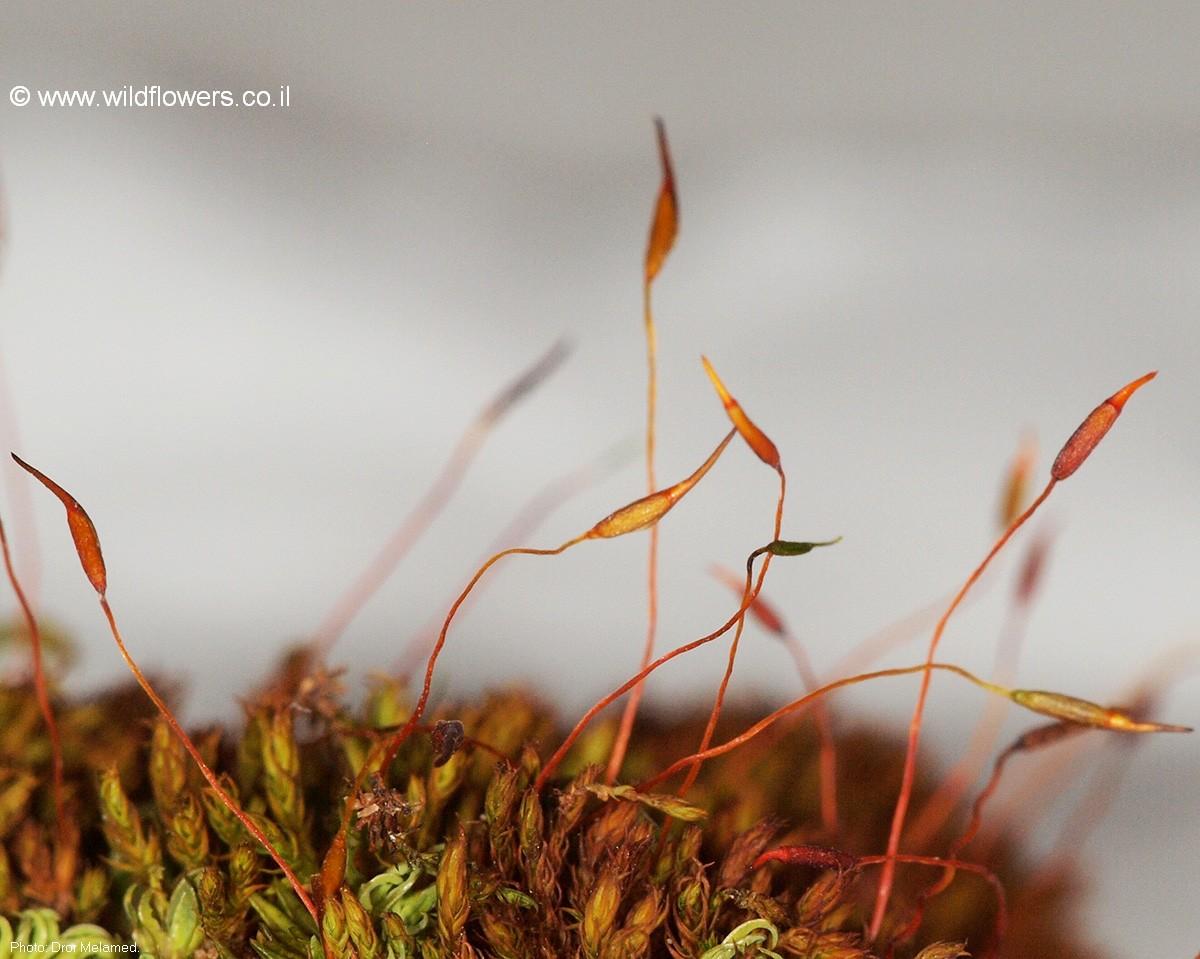
3210-l-1.jpg from: https://www.wildflowers.co.il/hebrew/picture.asp?ID=18677
. The genus name Didymodon comes from the Greek words didymos
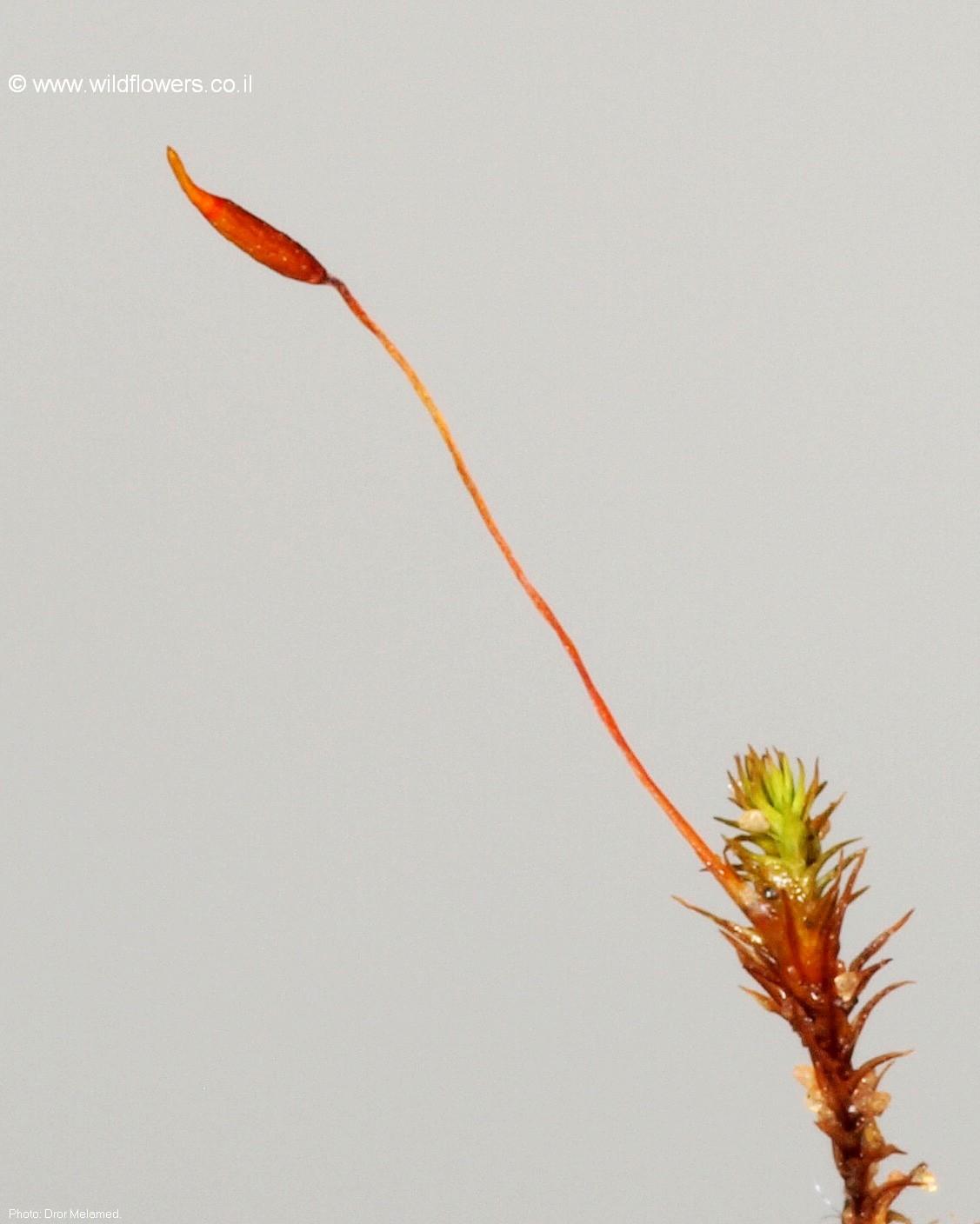
3210-l-3.jpg from: https://www.wildflowers.co.il/hebrew/picture.asp?ID=18678
meaning “double” and odon meaning “tooth”, referring to the paired peristome teeth. The species epithet rigidulus means “somewhat rigid”.
Morphology and Identification
Didymodon moss forms dense mats or cushions of upright stems. The phyllids are lance-shaped, have a strong midrib, and are arranged spirally around the stem. Phyllid margins are usually recurved. The moss is generally yellow-green in color when dry. Sporophytes are common, with a long seta and cylindrical capsule.
Global Distribution and Habitat
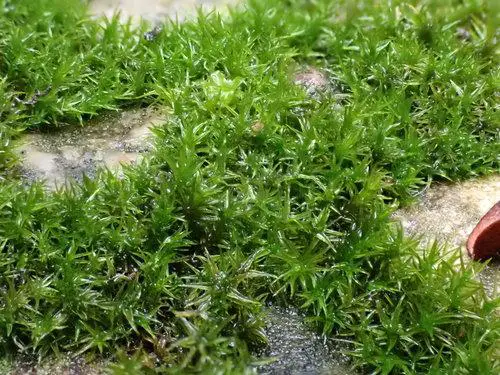
medium-10934.jpeg from: https://plantdollar.com/plant/didymodon-rigidulus/
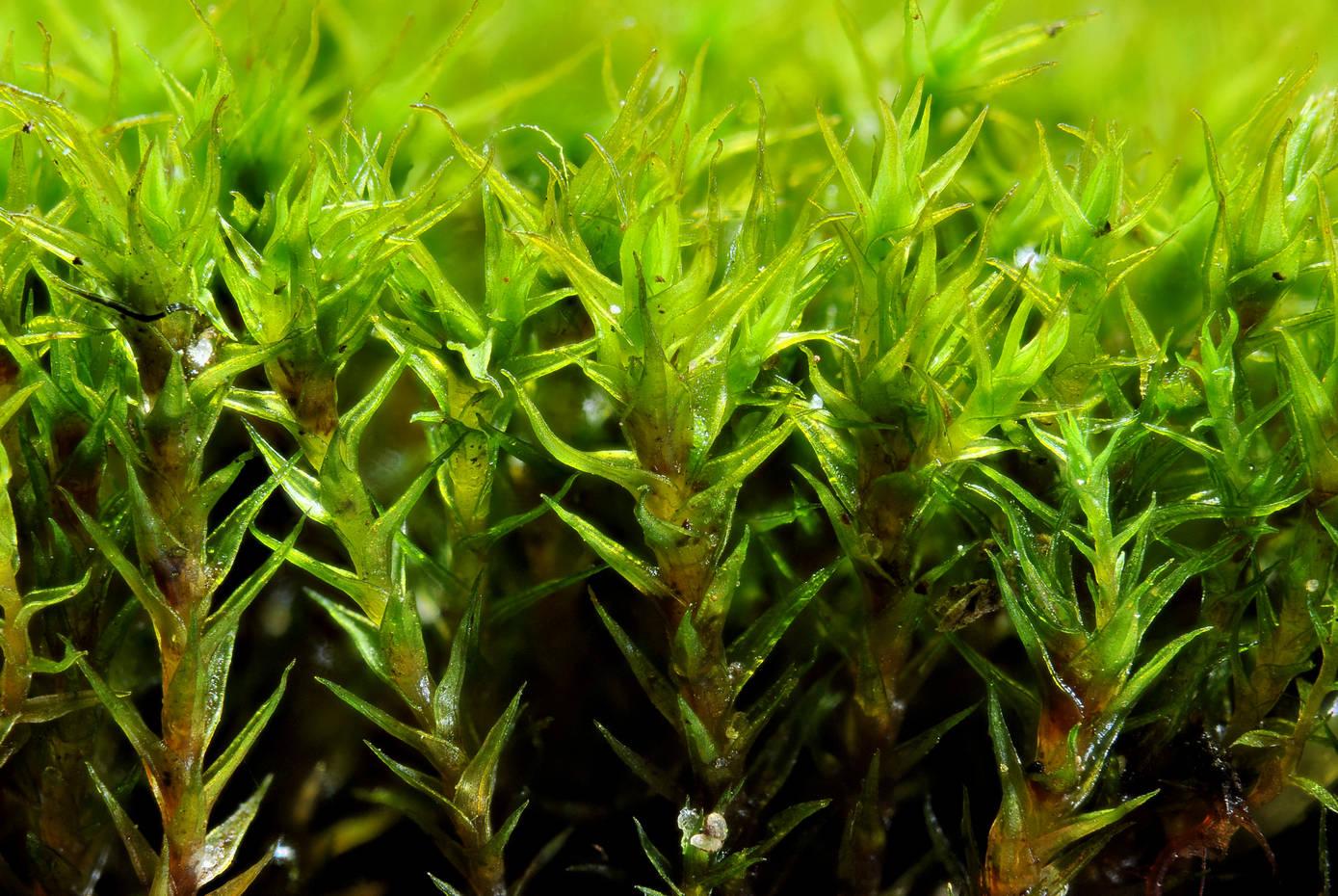
didymodon_rigidulus.jpg from: https://www.earth.com/plant-encyclopedia/Bryophytes/Pottiaceae/didymodon-rigidulus/en/
This moss has a cosmopolitan distribution, found on all continents except Antarctica. It grows on exposed calcareous rock and soil, such as limestone, concrete, and mortar. It tolerates dry conditions well.
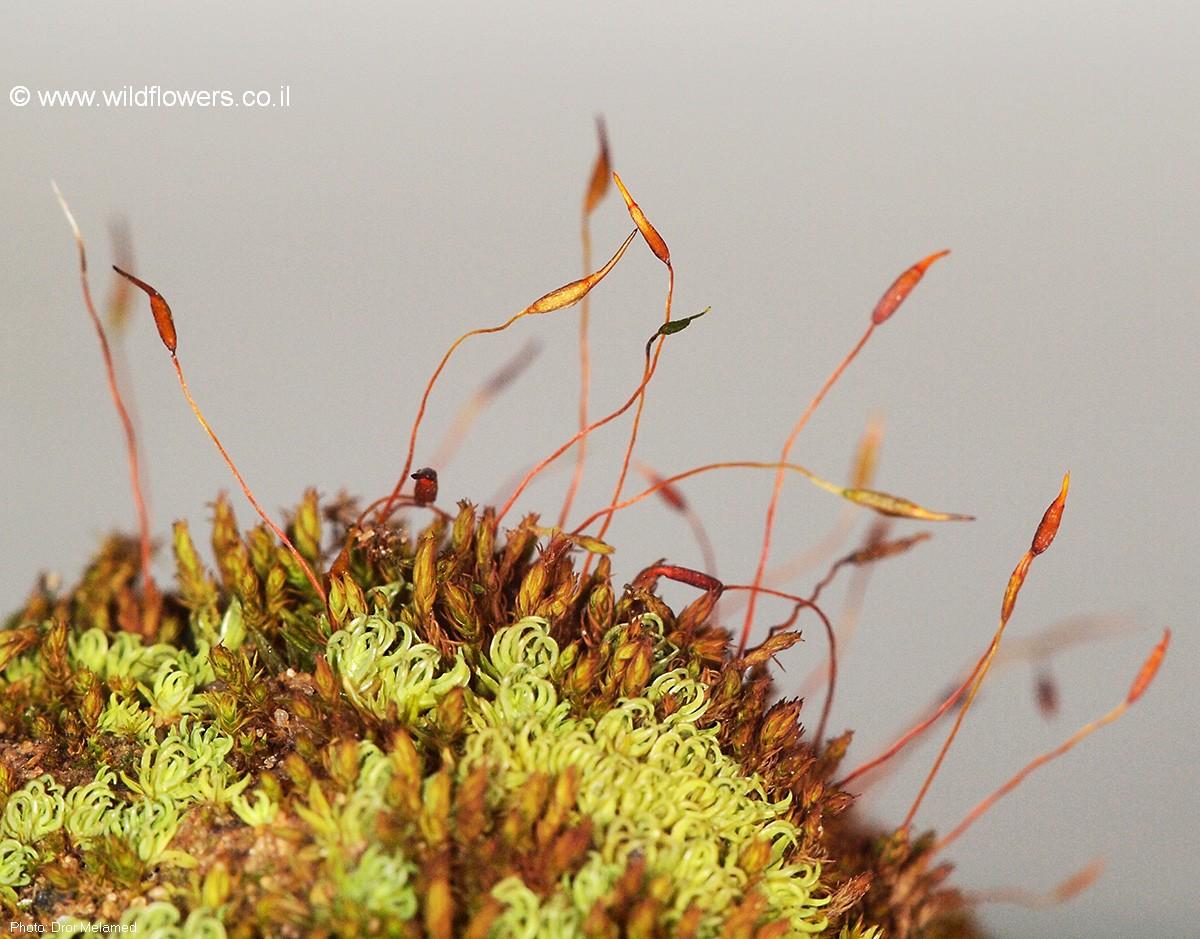
3210-l.jpg from: https://www.wildflowers.co.il/english/picture.asp?ID=18676
Ecological Roles and Adaptations
As a pioneer species, Didymodon moss plays an important role in biological soil crust communities. It helps stabilize soil, retain moisture, fix atmospheric nitrogen, and facilitate succession to vascular plants. The moss has several adaptations to its harsh microhabitats, including:
- Thick cell walls to prevent desiccation
- Rapid water uptake and retention
Didymodon_rigidulus_005.JPG from: https://cisfbr.org.uk/Bryo/Cornish_Bryophytes_Didymodon_rigidulus.html
- Desiccation tolerance
- Spore dispersal and asexual reproduction via gemmae
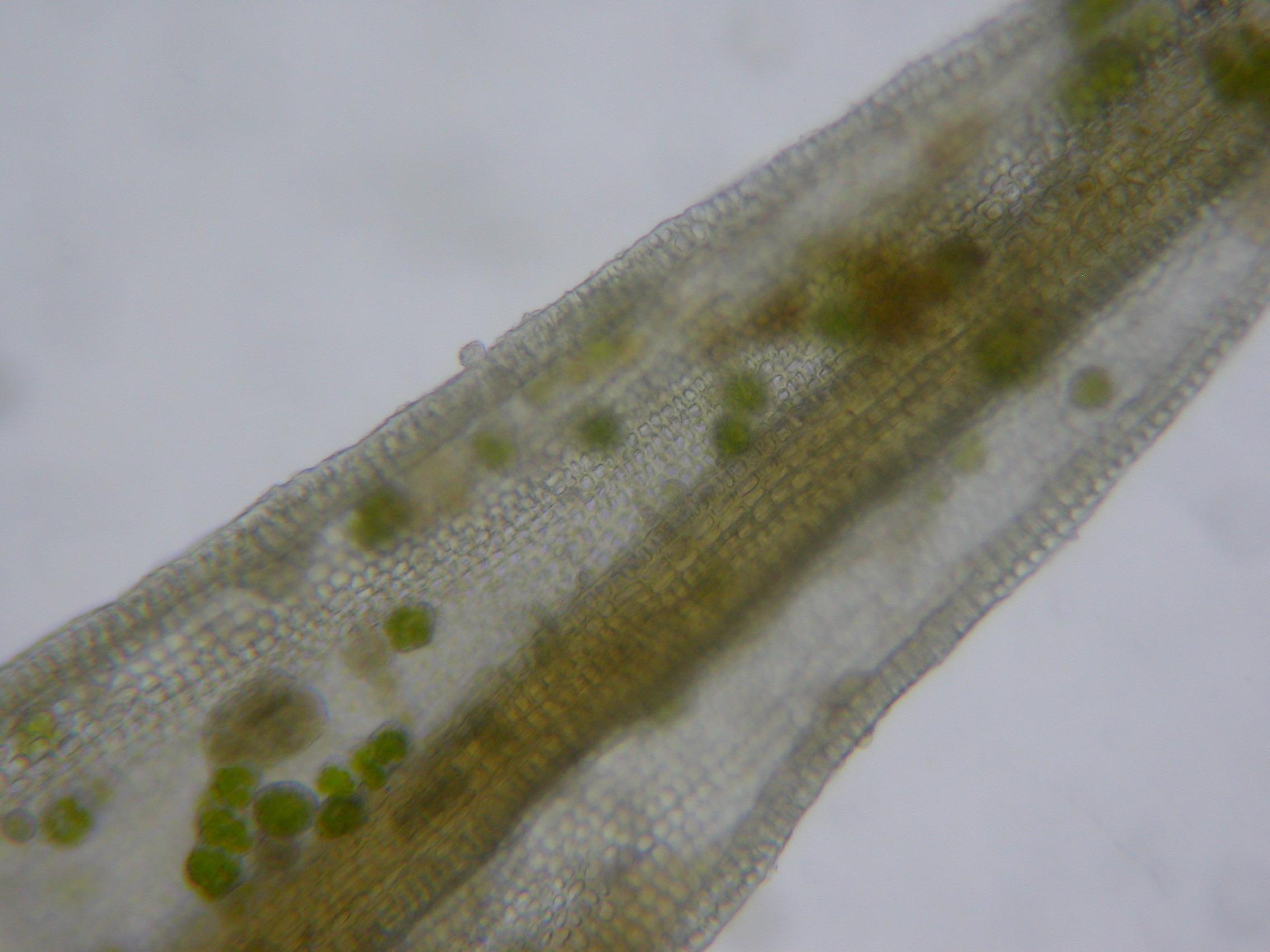
DSCN2682.jpg from: https://www.sussexflora.org.uk/2018/01/crawley-down-and-other-churchyards/dscn2682/
| Characteristic | Description |
|---|---|
| Phyllid shape | Lance-shaped with strong midrib |
| Phyllid arrangement | Spirally around stem |
| Phyllid margins | Usually recurved |
| Color when dry | Yellow-green |
| Sporophytes | Common, long seta, cylindrical capsule |
The Wonders of Moss
Didymodon is just one example of the incredible diversity and tenacity of mosses. For their small size, they play an outsized role in ecosystems worldwide as pioneer species, soil stabilizers, nutrient cyclers, and habitats for invertebrates. Next time you see some moss, take a closer look – you may be gazing at the mighty Didymodon!

